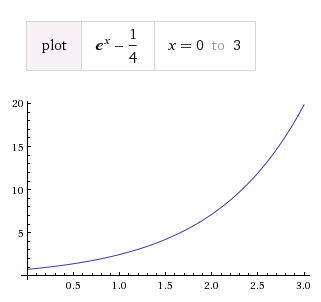Tanktastic is an AI-driven tank battle game. AIs control Roomba-styled tanks through a simple API, competing against each other to be the last standing.
Clone this repo and run the example:
git clone git@github.com:OMGPOP/tanktastic.git
open tanktastic/tanktastic.htmlYou should see a match among the 3 example tanks, Coward, Moron, and Aggressivo, running in your default browser. If you refersh the page, you'll notice the same match plays again. This is because Tanktastic uses a seeded random number generator to deterministically reproduce specific matches. This makes testing a bit easier and tournaments fairer. To change the seed, add a query string to the end of the address:
Next, let's add your tank to the mix. There's a tank AI file included called my-tank.js which is just a simpler form of Coward (no offense). To add yourself to the match, uncomment its inclusion in the tanks definition in tanktastic.html:
var tanks = [
"lib/example-tanks/aggressivo.js",
// "my-tank.js",
"lib/example-tanks/coward.js",
"lib/example-tanks/moron.js"
];Defining a tank is very simple, you just need to provide a name for your tank and a method called step, which gets called each game loop. These get attached to the global exports object:
exports.name = "Me!";
exports.step = function(dt, state, controller)
{
var opponent = state.closest();
var dx = opponent.x - state.x;
var dy = opponent.y - state.y;
controller.exert(-dx, -dy);
controller.aim_at(opponent.x, opponent.y);
controller.fire(3.0);
}Note that step takes 3 arguments: dt, state and controller. dt is the delta time, or the amount of time (in seconds) that has elapsed since the last game loop. state is what represents the state of the game; a collection of all the information you have about the game at the current time. controller provides methods for controlling your tank. Also note that although it's been omitted in the snippet above, it's important to wrap your AI in a closure to prevent any naming conflicts.
state has the following properties:
x: position of your tank along the x-axis (pixels)y: position of your tank along the y-axis (pixels)w: the total width of the rectangular arena (constant)h: the total height of the arena (constant)radius: your tank's radius (constant)vx: your tank's speed along the x-axis (pixels per second)vy: your tank's speed along the y-axis (pixels per second)bearing: your tank's turret orientation (in radians)gun_heat: your gun's current temperaturelife: how much life you have left ([0, 100])muzzle_speed: the speed at which bullets are shot (constant, pixels per second)radar: a list of(x,y)pairs representing tanks scanned by your radar.obstacles: a list of(x,y,r)objects, wherex, yis the position of the obstacle andris its radius
The only property that might not be self-explanatory is gun_heat. Your gun must be completely cool to fire. When you shoot, your gun heats up according to how powerful the shot is.
state also defines a convenience method, closest, which gets the closest scanned tank in state.radar.
The methods defined on controller to control your tank are:
set_bearing(bearing): this sets the orientation of your turret immediately (radians)fire(power): this makes a request to fire at the given power (seconds to cooldown;[0.1, 3.0])exert(fx, fy): exert a force on your tank in the given x and y directionsaim_at(x, y): convenience method to turn your turret to aim at the given coordinate
Finally, you're able to define an init method that takes state as its only argument if you'd like to initialize anything before the game starts. It is completely optional.
A couple things necessitate a bit more detail.
-
Your radar isn't perfect; there's some noise in the signal, so the
(x,y)readings of your opponent tanks aren't precise. The error in the reading has a normal distribution with μ = 0 and σ = γ log10 di, where di is the distance to the i th scanned tank and γ is a constant. This means that the error is a function of the distance; closer scans are more accurate. -
The amount of damage a bullet will do is a non-linear function of the power. Here's the function and its graph over the valid range of firepowers:

